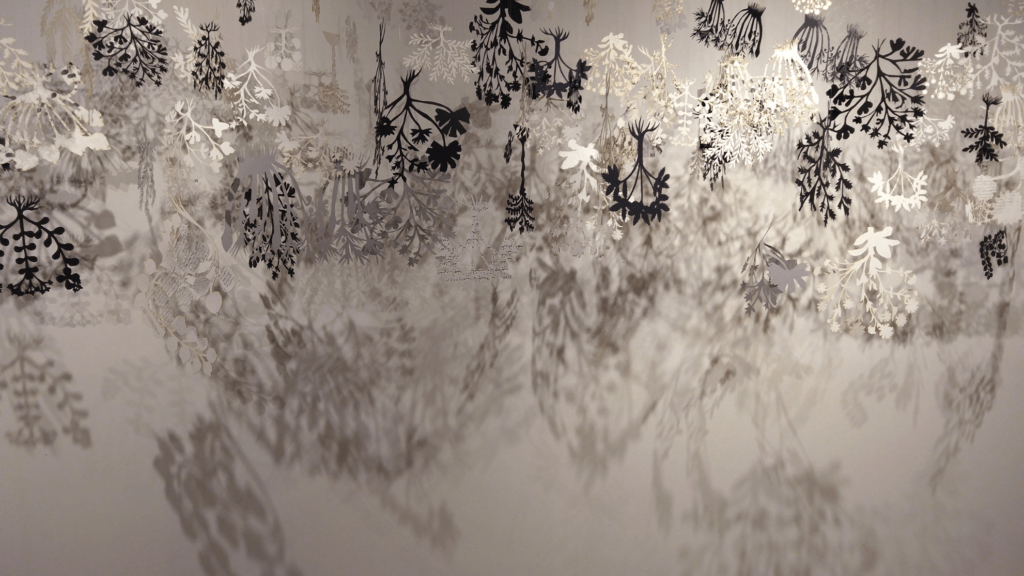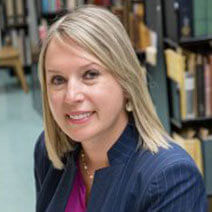We are excited to welcome the 2021 UCSF Library Artist in Residence, Pantea Karimi.
The UCSF Library Artist in Residence program was launched last year and continues to thrive. This program serves as an intersection of arts and sciences and brings humanities dimension to our health sciences campus. It also enables the library to open up its Special Collections holdings that are often perceived as exclusive and inaccessible. The Makers Lab collaboration connects artists with state-of-the-art tools as well as provides expert help for fulfilling their creative ideas. With this program we aim to address questions about the value and role of humanities for science and how art and science interact and impact each other.
Building on the success of the inaugural artist, Farah Hamade, and the positive impact of the educational and artistic programs she led and participated in as well as her final project, we are excited to introduce the 2021 artist – Pantea Karimi and welcome Pantea to UCSF. The competition was very strong this year with artists and teams of artists submitting their proposals representing diverse media formats, including photography, painting, bookmaking, illustration, videography, quilting, music, 3D printing, augmented reality, and more. The 2021 UCSF Library Artist in Residence, Pantea Karimi commenced her yearlong project on July 1, 2021.
About the residency
For this opportunity, I am interested in medicinal botanical archives at the UCSF Library. I specifically plan to study those plants that are effective for boosting our immune system. My project and its component will highlight these medicinal plants. Through my project, living in post-COVID-19 and with variants of virus rising, I aim to bring awareness to the role of nature in helping us live a healthier lifestyle and protect our bodies through creating a series of visual works and installation.
Pantea Karimi, UCSF Library Artist in Residence
Pantea will be posting regular stories about the progress of her project on the UCSF Library Artist in Residence webpage and will organize virtual workshops for the UCSF community.
About the artist
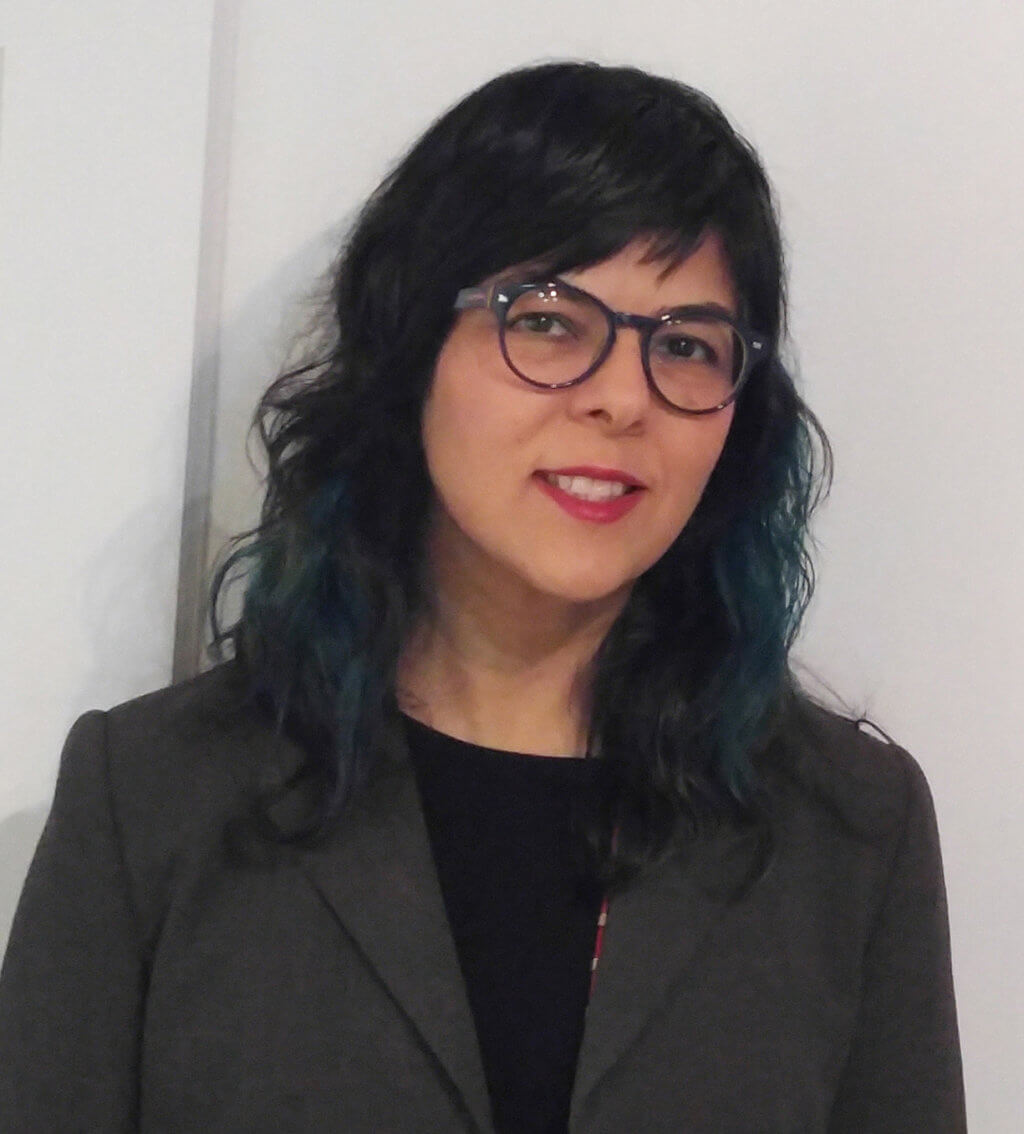
Pantea Karimi lived, worked, and studied in Iran and England before moving to San Jose, California in 2005. Her work as a multidisciplinary artist investigates the intersection of art, science, and history. In her art, she combines visual and conceptual interpretations from her scientific manuscript research with contemporary issues and her life’s narratives. She creates two-dimensional works and interactive installations using a variety of materials and media.
Karimi has exhibited internationally across a range of solo, group, and traveling exhibitions in Iran, Algeria, Germany, Croatia, Mexico, the United Kingdom, and the United States. Her hand-made and digital prints are in public collections including the University of California, Davis, Stanford University, and the Ruth Asawa Foundation. She is the recipient of the 2022 Mass MoCA the Studios Residency Award, the 2020 Holding the Moment Art Award, the 2019 City of San Jose Arts and Cultural Exchange Grant, the 2019 Silicon Valley Artist Laureates Award, and the 2017 Kala Fellowship-Residency Award. Pantea Karimi holds two master’s degrees in graphic design and fine arts and currently teaches in the departments of Digital Media and Studio Art at the Santa Clara University and Cabrillo College. She maintains a studio at Cubberley Artist Studios in Palo Alto, California.
Learn more about Pantea’s work: panteakarimi.com • @karimipantea on Instagram • @panteakarimiart on Twitter • LinkedIn
Q/A with Pantea
We caught up with Pantea to learn more about her background and upcoming residency.
Why did you apply for the UCSF artist in residence?
Since 2014, I have been creating art inspired by select medieval and early modern illustrated scientific manuscripts and documents. I applied for this opportunity because it offered a chance to study the library’s historical archives and to create art inspired by the collection with the support of Makers Lab. This was a unique opportunity suited to my ongoing scientific manuscripts research and art process.
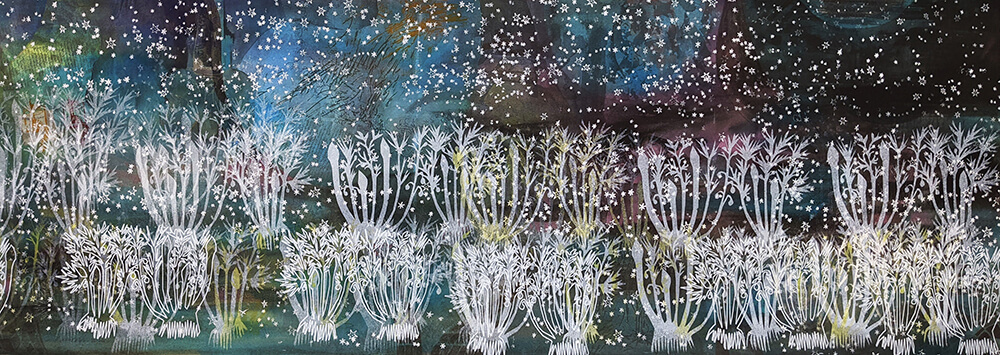
Plants: asparagus
After The Herbal of al-Ghafiqi, medicinal botanical manuscript, 12th c.
and Galileo’s hand-drawn stars from Sidereus Nuncius, 17th c.
What are you most excited to work on?
Through my research and art project I would like to expose the library’s historical materials that are still relevant to our health, society, and culture. I plan to study the medicinal plants at the UCSF Library especially those that are effective for our immune system. In this process, I will use the Makers Lab’s facility to create artworks that convey an informative and healing statement. Appreciating the healing aspects of nature has been my long-term interest. My family is rooted in the southern city of Shiraz, Iran, where using herbal medicine has been a traditional practice since the medieval period. My family exposed me when I was a child to benefits of nature and medicinal botany. I am elated to continue to be inspired by this childhood influence and to research the topic at the UCSF Library and to create relevant artworks.
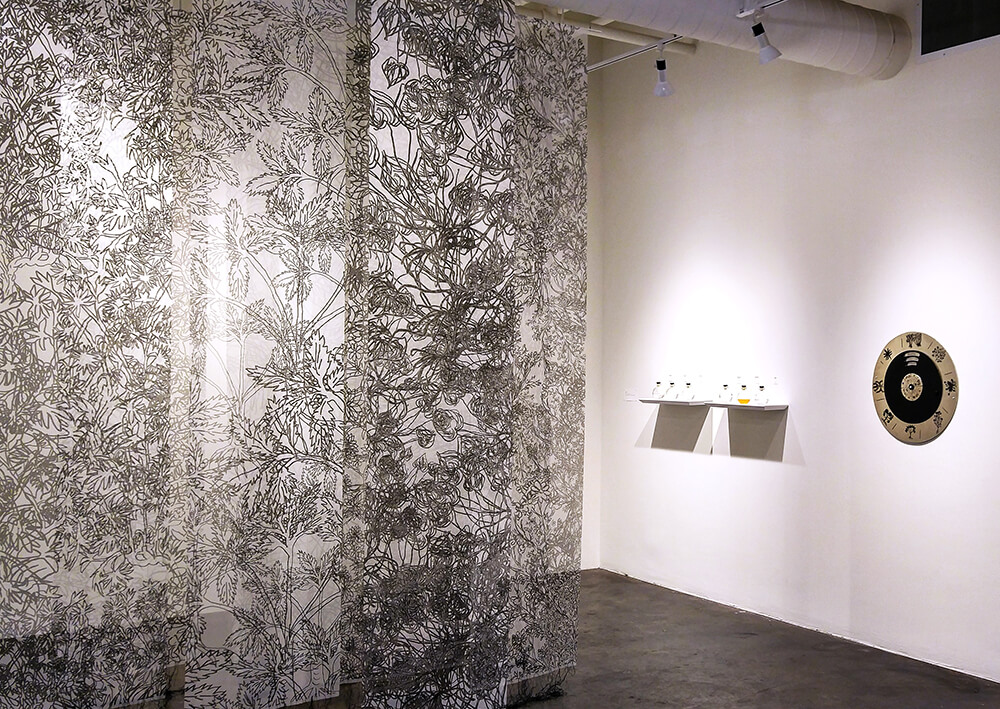
Medicinal Herbal Volvelle, 2017, silkscreen on hand-cut aluminum, laser-cut wood and text, 24” x 24”
Aroma, 2017, bottles, shelves, labels and plants’ extracts, 7″ x 24″ x 8″
After The Herbal of al-Ghafiqi, medicinal botanical manuscript, 12th c.
Installation view at Kala Art Institute, Berkeley, CA, 2017
What challenges do you foresee?
In the next few months, the COVID-19 virus variants might alter our day-to-day operations again which would affect my residency as well. As far as the art production goes, sometimes, interpreting scientific concepts to visual forms provides its own unique challenges. However, I see such obstacles as an opportunity to revisit and rethink processes.
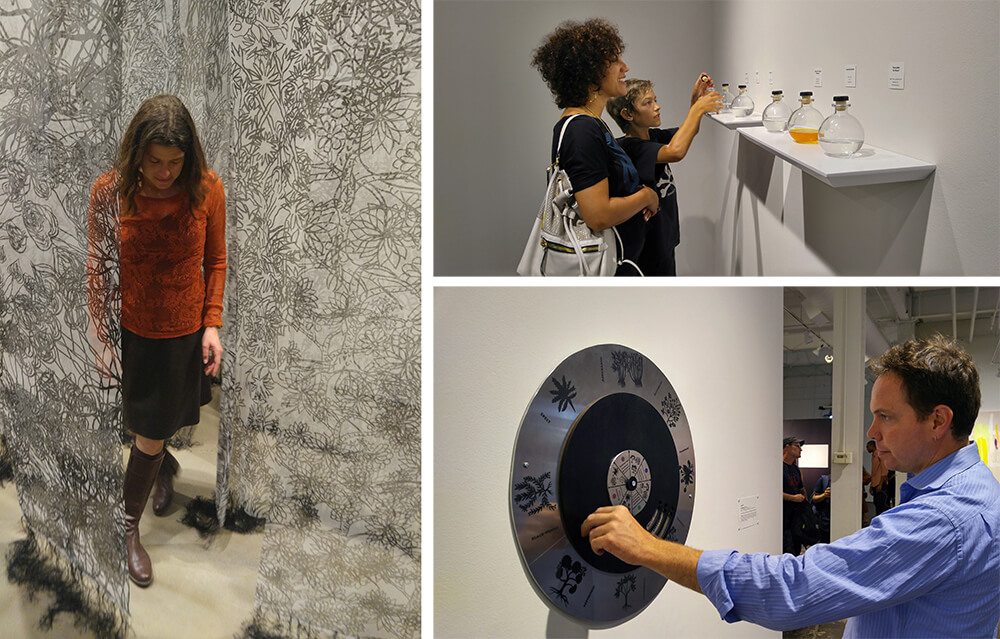
Kala Art Institute and Institute of Contemporary Art San Jose, 2017 and 2018
What is the role of arts in the health sciences?
I studied both art and science in high school which opened a window into appreciating the two fields and their impacts on society and culture. Since then, the relationship between abstract concepts in science and their visual representation has continued to captivate me and has become the basis for my current research and work. My scientific manuscripts research project has also elevated my inner awareness about the ways in which we communicate as humans and many forms that this communication takes especially through the arts. Most medieval and early modern scientific manuscripts were composed of hand-drawn images and diagrams next to calligraphic textual explanations. For centuries, these visual renditions have demonstrated difficult scientific theories and conveyed valuable information effectively. Arts continue to play this important role in the health sciences.
Thank you to the people behind the program
We were impressed by the quality and depth of this year’s proposals and would like to strongly encourage artists to apply next year. We are grateful to our UCSF colleagues for their commitment of time and effort when serving on the review committee.
2021 UCSF Artist in Residence review committee:
- Brenda Gee, administrative director, Executive Vice Chancellor & Provost Office, UCSF Art Program manager
- Farah Hamade, UCSF Library 2020 artist in residence
- Polina Ilieva, UCSF Library, head of Archives and Special Collections
- Dylan Romero, UCSF Library Makers Lab manager
- Kirk Hudson, UCSF Library Tech Commons and Facilities manager
We also would like to thank Drs. Art Ammann, Louise Aronson, and Emily Silverman for their continued support for this program.
